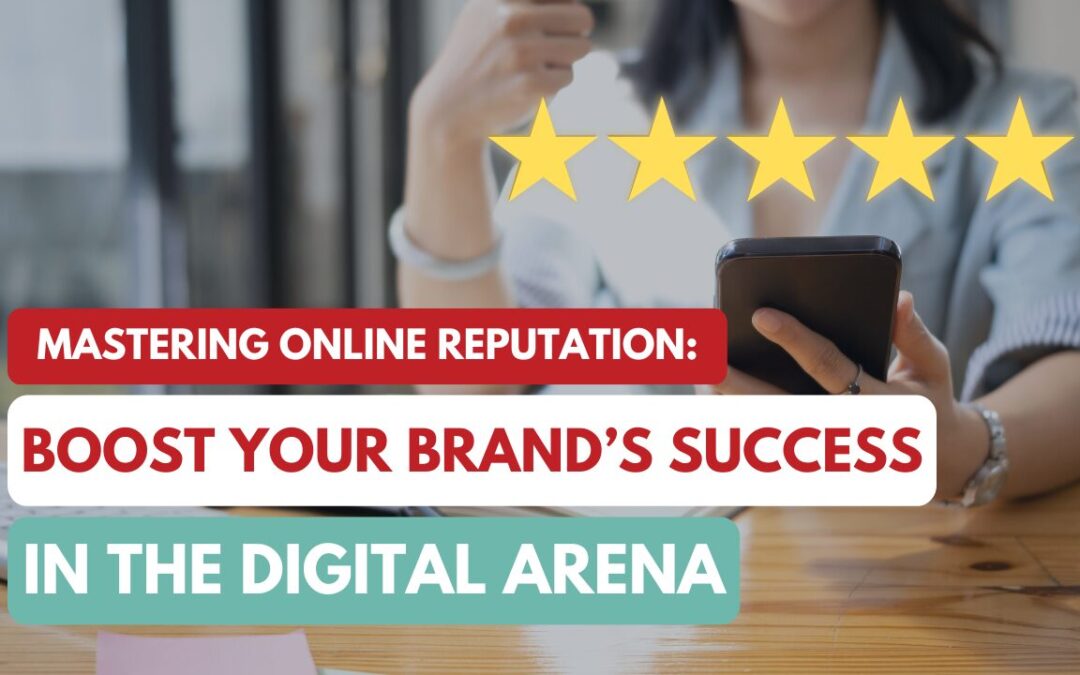The Goals of Marketing (And It’s Not Just Sales)
As the owner of a marketing agency AND as a small business owner, I spend more time trying to clarify the difference between sales and marketing to my peers than any other business topic. There is a naive assumption that marketing and sales are the same thing. This is simply not true. Similarly, many people think the sole aim of marketing is sales or business development. Again, not true. There is no question that an organization has to be focused on revenue. That’s fairly obvious and, hopefully, non-controversial. If you run a for-profit business, then you’re generating revenue through sales. If you run a non-profit organization, then you’re typically generating revenue through donations.
Let’s start by clarifying the definitions of sales and marketing. My simple definition of sales is the exchange of something of value for money. That something of value may be a product or a service. In business school and real life I’ve learned that money (or finance) is the language of business. Similarly, we can extend that definition of “sales” to include the donation development activities of non-profits. In a donation, there is also an exchange of value (typically money) for some specific purpose – a tax write-off, prestige, desire to help, or all of those factors. The sale is the actual exchange of value – nothing more, nothing less.
My simple one-word definition of marketing is promotion. During my MBA studies 30 years ago, I learned there was a Marketing Mix called the “Five P’s of Marketing” – Product (or Service), Place, Price, Promotion, and People. In the years since, this has been sometimes expanded to “Seven P’s” including Packaging and Positioning. While those are great concepts, it’s a bit much unless you’re a large corporation. Most of you reading this are small business / non-profit leaders, so we’ll stick with simplicity and say that marketing is promotion.
ONE GOAL OF MARKETING IS SALES – YES, BUT…
Putting the two concepts together, marketing is the promotion that typically leads to a sale (or donation). Marketing itself doesn’t make the sale, but it helps create the environment for a sale to take place. Can a sale happen without marketing? Sure, happens all the time in my business as it probably does in yours. However, it’s also true that marketing helps create a marketplace (notice the word “market” again) in which sales (or donations) can happen repeatedly. But there are more goals of marketing other than sales. If we go back to the idea that marketing is promotion, then there are other worthy aims or goals for marketing. Let’s explore some of them.
BRAND AWARENESS
All great marketers know the power of branding. We explored that in an earlier blog post (insert permalink – https://countryfriedcreative.com/how-to-build-an-effective-marketing-strategy-the-foundation/). Brand awareness increases the familiarity of your organization and its products and services. It may not lead to an immediate sale (or donation), but it helps keep your organizational messaging “top of mind” for when your target market is ready to take action. Moreover, great brand awareness campaigns also serve to reaffirm and validate sales after they are made, making customers “feel good” about their purchase or donation.
LEAD GENERATION
If you’re in a service business or sell a complex product that requires consultation and configuration, then lead generation is an important goal of marketing. A lead is a person who might become a new customer. An effective marketing campaign to generate leads should focus on those potential customers who are most likely to have the need and be qualified to purchase your product or service. The goal here isn’t a sale, but the identification of a potential customer. Oftentimes a lead converts to a sale with an actual salesperson to answer questions and “make the sale”. Know the difference between leads and sales. I’ve seen great marketing campaigns killed early despite the fact great leads were being generated. If you’re getting great leads but not converting them to sales, then often the answer is to refine the sales process, not the marketing activities.
PUBLICITY
Sometimes you don’t want to sell a product or service, but you want to sell an idea or convey information. Generating great PR (Public Relations) is an important part of marketing. Publicity often comes in the form of news releases, special events, or other activities designed to establish credibility and create awareness. Non-profits are well-positioned to promote their causes using effective publicity for charitable causes and special events. Businesses can use it too in order to show commitment to the community with regard to business expansions, relocations, and new hiring.
FINDABILITY
Yes, “findability” is a word and it means the capability of being found. What does that mean with regards to marketing? Well, you want your potential customers to find you, right? If you run a retail location, then signage is an important part of your findability. For most businesses and non-profits, an internet search is how people find you. Search Engine Optimization (SEO) is those marketing activities that are designed to help your findability on the Internet. People have to find you to do business with you. Search Engine Marketing (SEM) is a “paid search” that helps position your organization at the very top of search engine results. Both SEO and SEM are important tools to help your findability.
BRAND/IDEA REACH
Establishing brand (or idea) awareness is just the start. Once awareness is established, the ultimate goal of ongoing marketing is to increase brand/idea reach. Extending your reach ensures a steady supply of new customers and donors. An increased reach allows your organization to grow. A sustainable social media and digital advertising campaign are two of the best ways to extend your reach to new customers and keep current customers engaged.
Indeed, there is more to marketing than just sales. As you do some spring-cleaning of your business and marketing plans, make sure you clarify the goals of your marketing. Don’t just throw dollars on one-off advertising deals. Know your marketing goals and plan accordingly. Establish effective measures so that you know what’s working and what’s not working. Remember the 90-day rule in trying out new things for your marketing.
Let’s have a great spring together. Let me know if we can help.
Joe




